Using Teison's CT Clamp or specific RS485 electricity meters to monitor the household's incoming current is an effective way to achieve the following functions
Home Load Balancing
By monitoring the electricity consumption of the household meter, allocate current to the charging station in a balanced manner to prevent overloads.
By monitoring the incoming current, you can have real-time insights into the total power consumption in your home. This allows you to identify which devices or appliances are consuming a significant amount of electricity and when they are in operation. By analyzing this data, you can optimize your household electricity usage, balance the load, reduce electricity costs, and even enhance the efficiency of your power system. For instance, you can create smart schedules to spread the usage of high-power devices during periods of lower grid demand, thus reducing peak electricity charges.
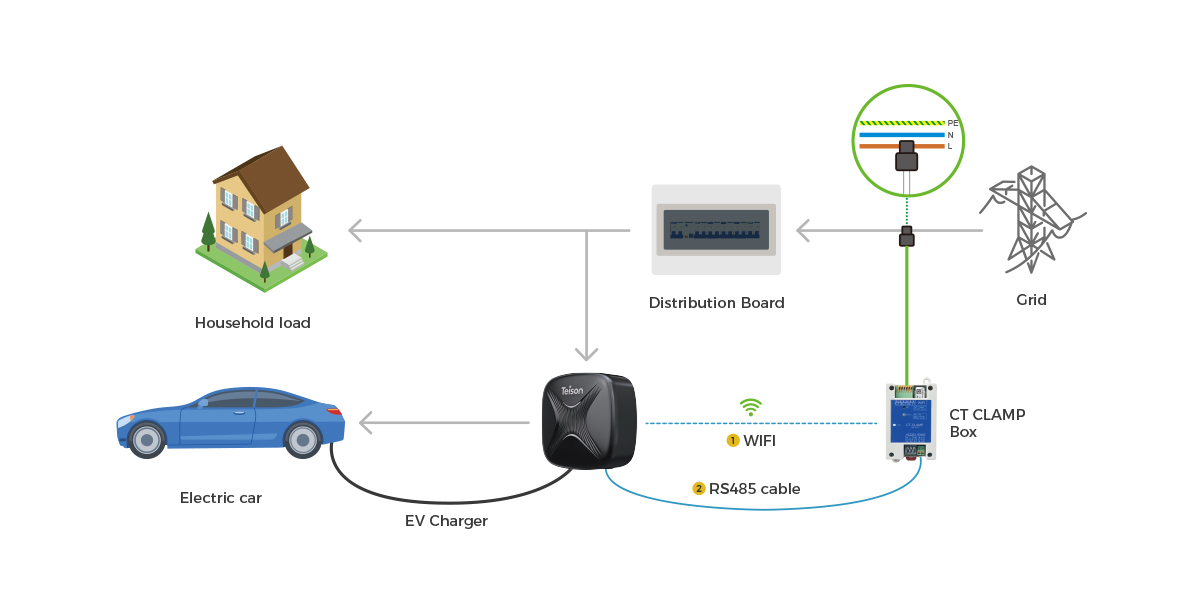
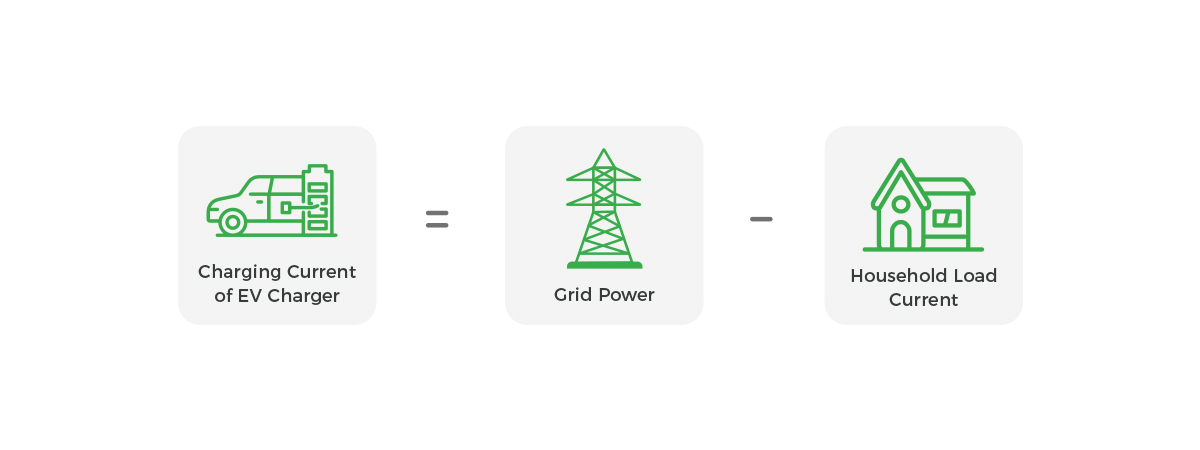
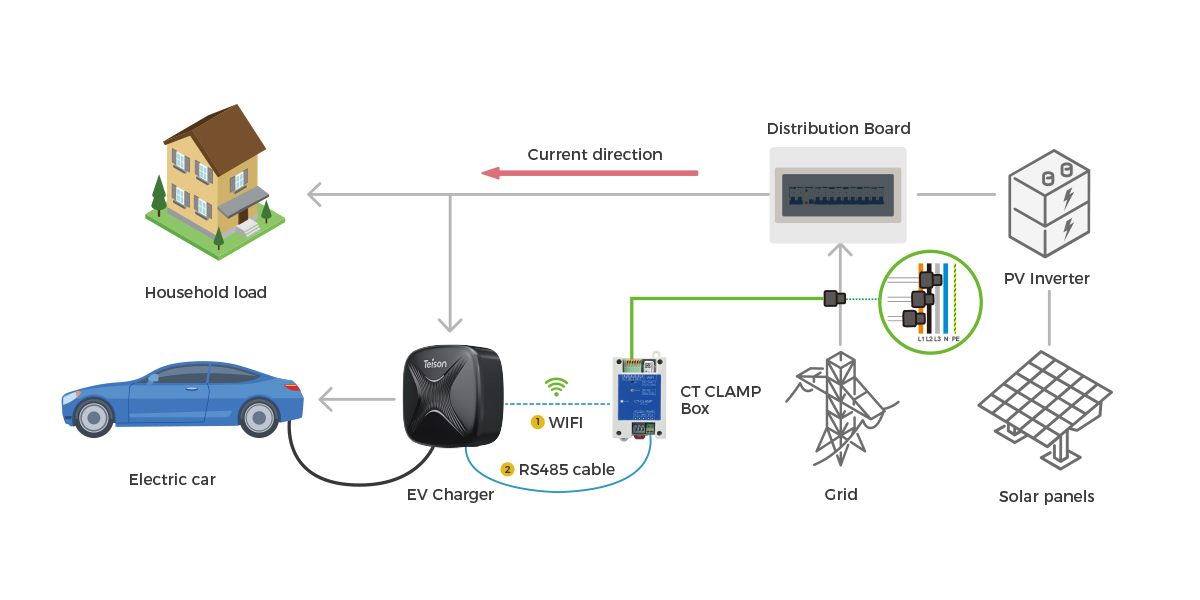
Solar Power Charging
When a residential property is connected to a solar energy system, power distribution can be achieved through CT Clamps or specific RS485 electricity meters. This allows for the surplus solar energy to be allocated to the charging station for usage.
If you have installed a solar photovoltaic system, monitoring incoming current can help you track the difference between solar power generation and household electricity consumption in real-time. When solar power generation exceeds household electricity consumption, surplus electricity can be used to charge batteries or fed back into the grid for compensation. This helps maximize the utilization of renewable energy, lower household electricity costs, and reduce reliance on the conventional grid.
Please note that to implement these functions, you'll need to install suitable current sensors (CT Clamp) or RS485 electricity meters and connect them to a monitoring and control system, which could be a smart home system or an energy management system. Additionally, you'll require appropriate software to collect, analyze, and visualize the data for effective household electricity and solar charging management. Ensure that you follow relevant safety guidelines when installing and operating these devices to ensure the safety and reliability of your power system.
Two charging modes under solar energy
Pure Solar Mode
In the app settings, the minimum charging current for solar charging is set at 7A. When the available solar energy exceeds the household load by more than 7A, you can charge the electric vehicle 100% using solar energy. Otherwise, charging will not be possible.
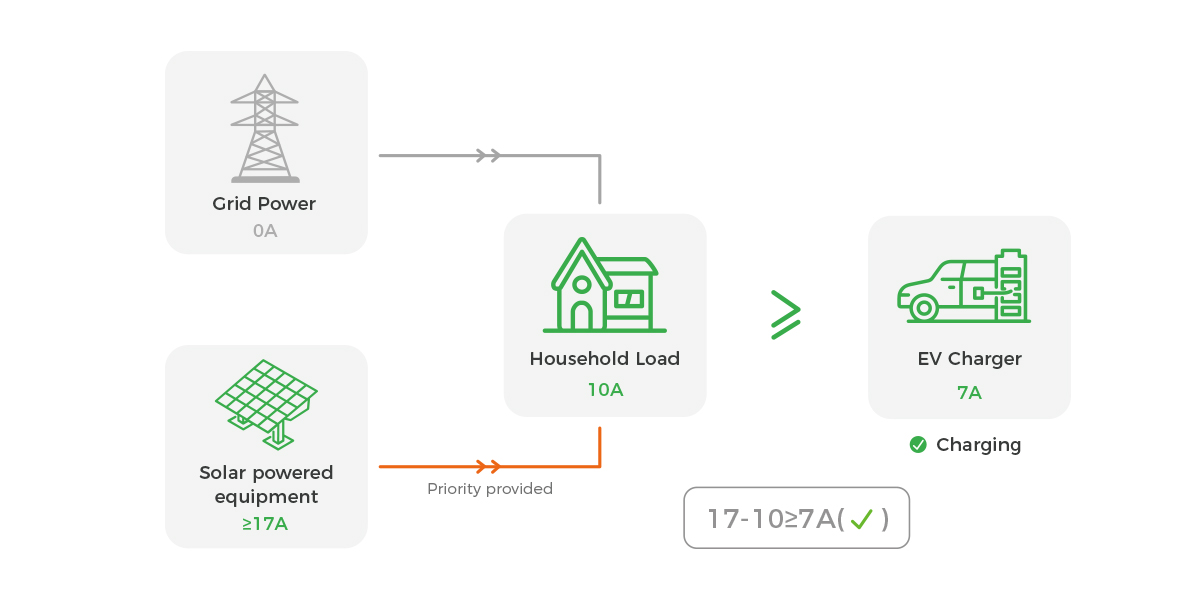
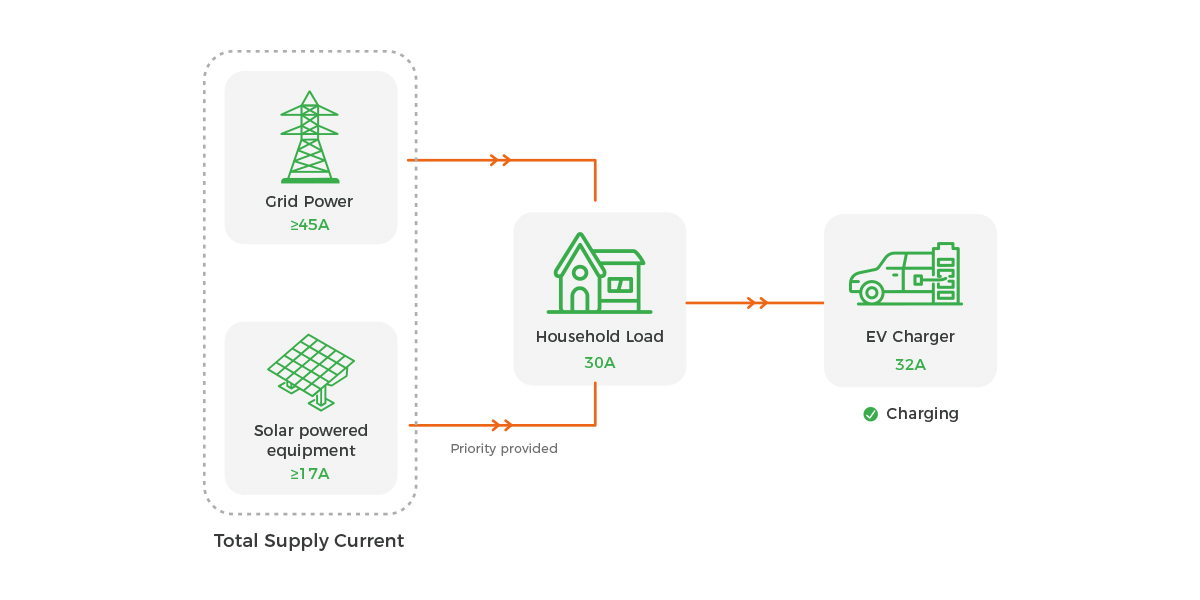
Boost Mode
When Boost Mode is activated, the charging station combines the surplus current from the solar energy system and electricity from the grid to provide the maximum charging current to the electric vehicle. For the portion that solar energy cannot cover, it will be supplied from the grid.














